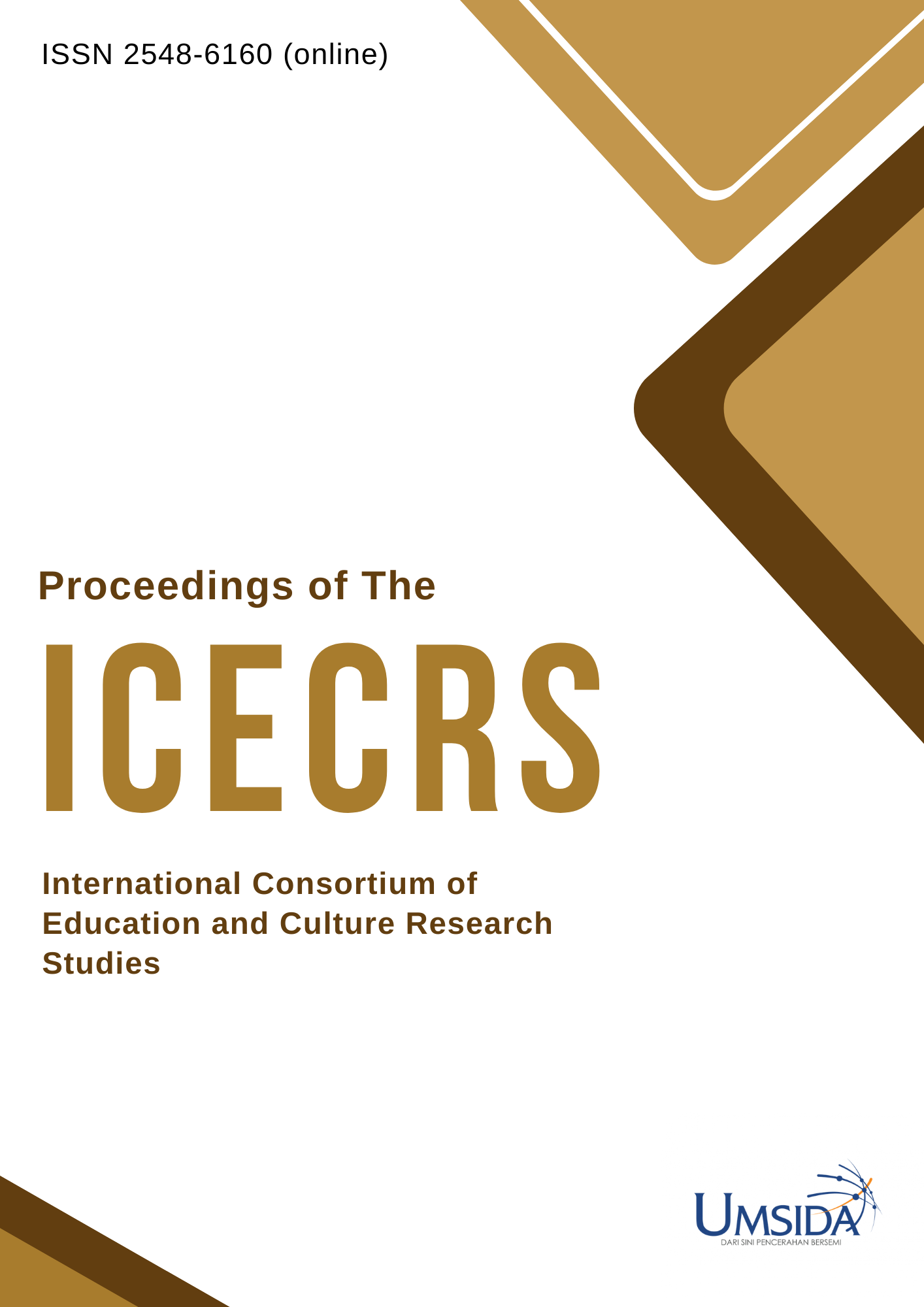Development of creative thinking in children
DOI:
https://doi.org/10.21070/icecrs.v4i0.296Keywords:
Creative; thinking; preschool; child; approach; creativity; education; innovation; intellect; development;, creative, thinking, preschool, child, approach, creativity, education, innovation, intellect, developmentAbstract
In the article, it is stated that the development of children's creative thinking is a requirement of time, and responsibility is given to educators and psychologists employed at educational institutions, and new approaches are needed to develop creative thinking in young people.
Downloads
References
Boychayeva, D., Rahmanova, D., & Yuldasheva, M. (2019). Modern methods of teaching foreign languages to the university. International Journal on Integrated Education, 2(6), 18-20. Retrieved from http://journals.researchparks.org/index.php/IJIE/article/view/189
D. K., A., N.M., K., & R.Sh., B. (2019). Modern problems of linguistics and methods of teaching English language. International Journal on Integrated Education, 2(6), 15-17. Retrieved from http://journals.researchparks.org/index.php/IJIE/article/view/188
ChicherovaL.G. Engelsky in the sphere of consumer services: A manual on self-education .-- M.; Higher School, 1993-144p.
ShcherbakovaN.I. Zvenigorodskaya N. English for professionals in the field of public catering = English for Cooking and Catering: Proc. Allowance for stud. Medium. Prof. Educational Institutions-M .: The Publishing Center "Akademiya" 2005-320 p.
G. Lozanov "Suggestology" - Sofia: Science and Art. – 1971
Kitaigorodskaya GA The method of intensive instruction in foreign languages. M .: High School., 2010
DiltsR. "NLP: effective leadership skills" - St. Petersburg. – 2009




